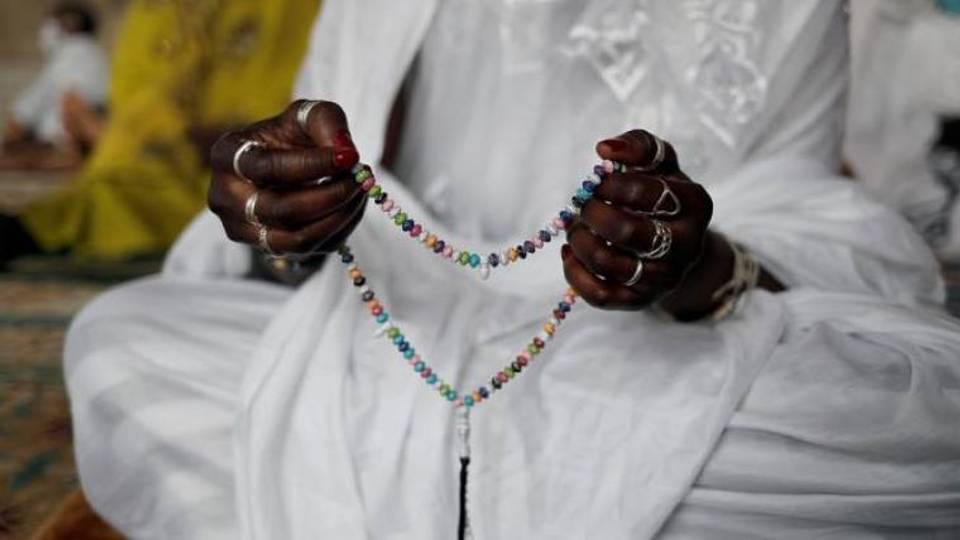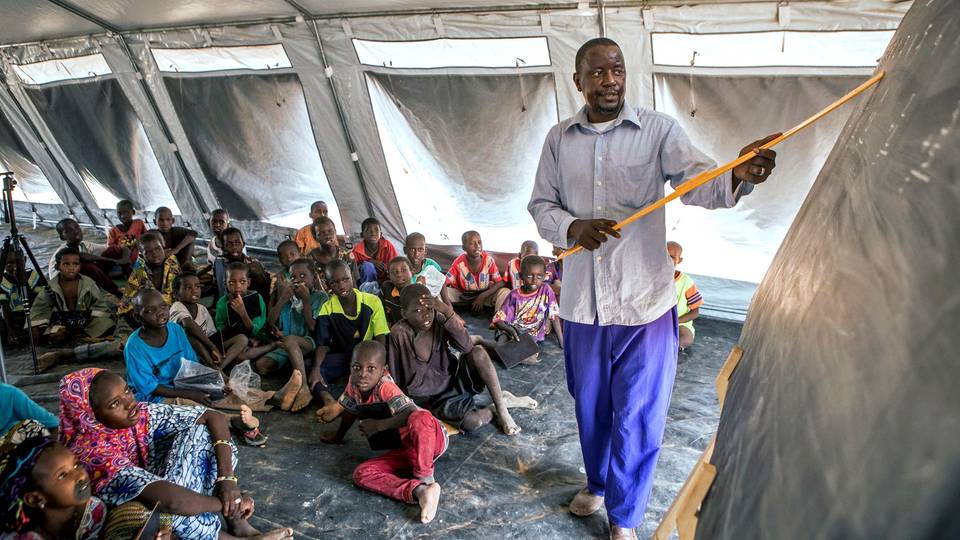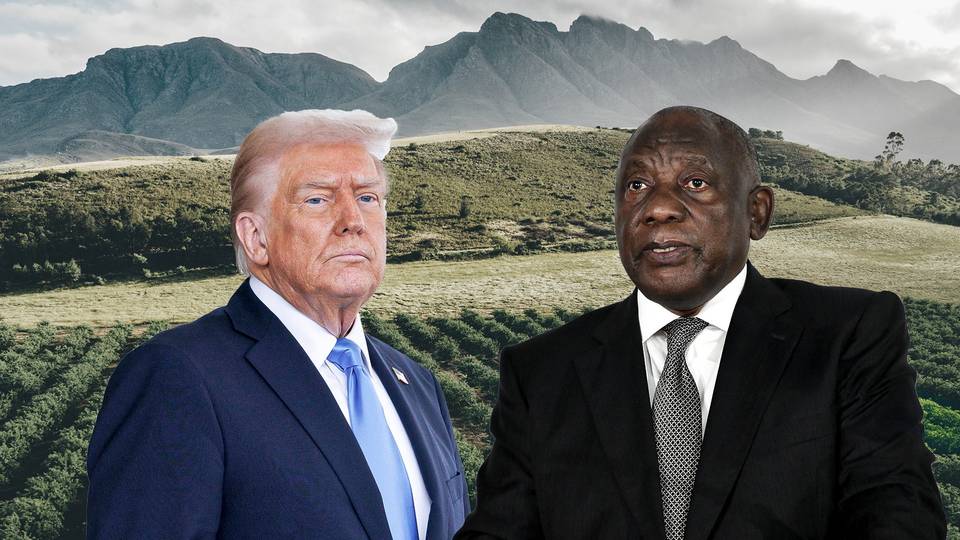Sport
Dollar
38,2552
0.34 %Euro
43,8333
0.15 %Gram Gold
4.076,2000
0.31 %Quarter Gold
6.772,5700
0.78 %Silver
39,9100
0.36 %Mohammed Kassim defies tradition by leading his community in a vital mangrove conservation project, battling climate change and creating a new legacy.

By Muhammad Shakombo
Mohammed Kassim recalls a sense of "urgency" to safeguard "the lifeblood of our community". Photo: TRT World
The salty tang of the Indian Ocean was as familiar to Mohammed Kassim as his own heartbeat.
Growing up in Gazi, a sleepy town nestled on the Kenyan coast, the ocean was not just a source of life—it was his playground, classroom and entire world.
Kassim would spend his childhood barefoot on the warm sand, collecting seashells and fishing while marvelling at the vibrant tapestry of life beneath the turquoise waves. But as he grew older, a shift descended upon the once familiar waters of Gazi.
The once-predictable rhythm of the tides now seemed erratic. Violent storms, unheard of in his childhood, became more commonplace.
The lush green mangroves, a vital shield against the sea's fury, began to recede. And barren patches of exposed earth started to replace the mangroves—known key carbon sinks that hold more carbon than terrestrial forests on the planet.
After completing high school, Kassim took the "leap of faith"—leaving the familiar shores of Gazi but still feeling the call of "the ocean's mysteries".
"The Kenya Marine and Fisheries Research Institute, a beacon of knowledge, became my first classroom. There, surrounded by dedicated scientists, I began to untangle the intricate web of life beneath the waves," Kassim tells TRT World.
Fuelled by an insatiable childhood curiosity, he embarked on a new adventure at Kenyatta University, Kenya's second-oldest public university.
"Five years later, clutching my hard-earned degree in Marine Science, I knew I was finally ready to return home, not just as a son of Gazi bay, but as its scientific voice," Kassim says.
His stepfather, Rama Salim, a fishmonger, struggled to understand Kassim's marine science pursuit. "‘The sea provides, son’," Kazi recalls him saying, his voice rough after a hard life at sea. ‘Why chase knowledge in books when the ocean holds all the answers?'
However, the knowledge Kassim gleaned from his studies was not intended "to gather dust on a shelf".

Climate change
"While the rhythm of the tides and the calls of the seabirds were the lullabies of my childhood," Kassim says, "a deeper understanding bloomed within me. Science became the language to explain the changes I felt in our home. It revealed the culprit – climate change."
Rising sea levels and erratic weather patterns were wreaking havoc on the delicate ecosystems of different life forms, including fish, crabs, shrimp, and mangroves, which Kazi calls the "silent sentinels" of the coast.
Kassim, who once played on these shores, recalls a sense of "urgency" to safeguard "the lifeblood of our community."
It led to him returning to the mangroves - this time fully equipped.
"As a marine biologist, I wielded a new weapon – science. It was a responsibility I eagerly embraced, determined to protect the cradle that nurtured me and countless others," he says.
Kassim got to work on the ground two years ago and joined the Mikoko Pamoja project. The community-driven initiative seeks long-term incentives for mangrove restoration and protection through community engagement and participation.
Its work includes conservation activities, awareness creation, and selling mangrove carbon credits.
Though well-intentioned, Kassim says the project faced an uphill battle.
The older generation, steeped in tradition, viewed the mangroves with suspicion, associating them with treacherous tides and lurking dangers. Disillusioned by years of dwindling fish stocks, the youth saw little hope in planting trees.
Kassim says he could not convince some in the community of his good intentions. It pushed him to explain the vital role mangroves could play as a sustainable haven for fish.
"Protect the mangroves today, and your nets will be full tomorrow," he recalls telling community members.
But Kassim also took the opportunity to highlight other virtues of his conversation push.
"Healthy mangroves are a shield against the fury of the sea. They buffer our shores from storms, and that means protecting our homes and our families," Kassim says. “They even attract visitors eager to witness their beauty, a chance for responsible tourism that puts coins back in our pockets."
After a time, the marine biologist's gentle persistence began to chip away at some of the community's scepticism. He found allies alongside the younger generations of children, their fascination with the marine world mirroring his own, eventually drawing them into the conservation push.
Kassim would also go on to earn the grudging respect of the elders after presenting scientific data alongside age-old wisdom, demonstrating that tradition and progress could co-exist.
The son of Gazi, who returned home, has gone on to win notable accolades, including being named the UN Person of the Year 2023, among wider recognition.
One scorching afternoon, as Kassim led a group of volunteers in planting new mangrove saplings in their 615 hectares target so far, a familiar figure emerged from the shade of a tall baobab tree.
It was his stepfather, his weathered face etched with curiosity and concern. As the sun dipped below the horizon, casting long shadows on the mudflats, Kassim saw a flicker of understanding in his stepfather's eyes.

Community development
As the Mikoko Pamoja project has continued to grow, Kassim has coordinated the logistics while the community has rallied together.
Women formed self-help groups, and clean water projects have started up. The hefty sale of carbon credits, around USD 25,000, has revitalised schools and boosted youth sports events.
Young men also gained new skills in ecotourism management, becoming empowered stewards of the regenerated coastline.
Gazi Bay, once a town on the precipice of what many in the community saw as environmental despair, has begun to transform.
However, the change wasn't without its challenges. The fight against climate change is not easy. Kassim and his newly inspired community persevered—adapting, innovating and finding strength in their collective effort.
Three years later, Gazi Bay stands as a testament to the power of community action.
The rich green mangroves, once a dwindling memory, stretch out like a protective arm along the coastline. The once-erratic tides seemed to have found a new rhythm. Fish stocks, nurtured by the healthy ecosystem, began to replenish.
Most importantly, a spirit of hope and ownership has been restored, warming the hearts of the Gazi people.
Kassim looks out at the vast expanse of the Indian Ocean from the familiar shores, no longer just a son of Gazi but as the ‘mangrove guardian’.
"The fight is far from over, but Gazi, with regenerated mangroves and a united community, we are ready to face the future, one tide at a time."
The author, Muhammad Shakombo is a Nairobi-based multimedia journalist who reports on climate change, mental health and religion.
Disclaimer: The views expressed by the author do not necessarily reflect the opinions, viewpoints and editorial policies of TRT Afrika.
➤Click here to follow our WhatsApp channel for more stories.
Comments
No comments Yet




















Comment